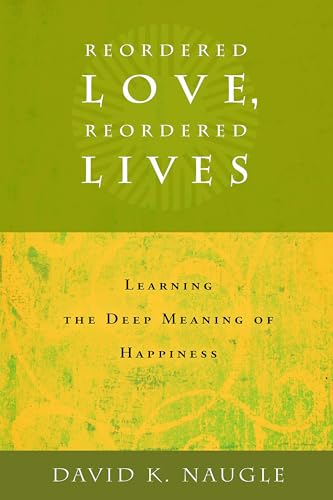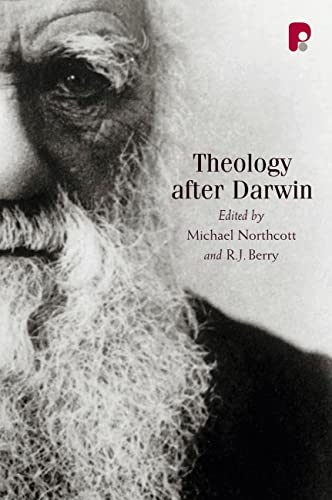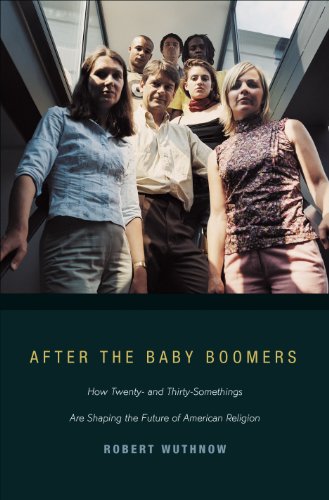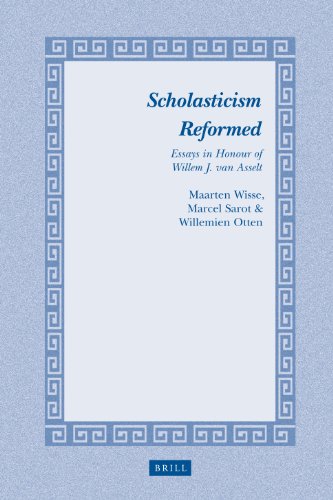Hearing the New Testament: Strategies for Interpretation
Written by Joel B. Green, ed. Reviewed By Dane OrtlundThe proliferation of distinct strategies for interpreting the Bible over the past few generations has produced a multifarious configuration of subdisciplines within the world of NT hermeneutics. These have been effectively brought together and represented in Hearing the New Testament. As with the first edition (1995), Joel Green once again assembles a strong cadre of contributors, including Richard Bauckham, Richard Hays, and Kevin Vanhoozer. The volume’s purpose is to introduce various hermeneutical approaches in current NT scholarship; its target audience is perhaps upper-level undergrad or beginning seminary students. The goal is not to break new ground but to present the current state of play in NT hermeneutics.
Joel Green kicks off the volume with an introductory overview of a few of the core issues in today’s NT hermeneutics discussions. His essay gives a representative flavor of what is to come—one hears echoes throughout the volume of Green’s conviction that “meaning is not so much repeated or reproduced in the experience of reading; instead, reading constitutes, at least in some sense, the production of meaning” (p. 13) and that “no one interpretive method can claim to provide the one authentic meaning of a NT text” today (p. 14). Bart Ehrman then deals with NT text criticism (the reader compelled by Ehrman’s frequent referrals to his own works should equally note the recent response to these works by Köstenberger and Kruger, The Heresy of Orthodoxy [Crossway 2010]).
Then comes a series of essays handling distinct interpretive approaches to the NT. Stephen Barton handles historical criticism and social science sensitivities. Holly Carey, replacing Bruce Chilton’s 1995 essay on the same topic, writes on traditio-historical criticism, citing but somewhat neglecting the important blow to form critical assumptions delivered by Bauckham’s 2006 Jesus and the Eyewitnesses. James Bailey treats genre analysis, usefully incorporating the work on genre theory by M. Bakhtin (who also shows up in Spencer’s essay). Clifton Black handles rhetorical criticism, Green discourse analysis, and Mark Powell narrative criticism. Interspersed within all these are some of the stronger essays of the volume: Bauckham on the relevance of Jewish texts to NT study (a short piece that could easily be required reading for first-year seminary students), Loveday Alexander on the importance to NT study of understanding the Greco-Roman milieu, and Hays and Green on the OT in the NT. Readers intrigued by the latter essay’s five “basic assumptions” with which the NT incorporates and builds upon the Old (pp. 130–32) may wish to consult also G. Beale’s more theologically and hermeneutically satisfying list of five “hermeneutical presuppositions” with which the NT uses the OT in the final chapter of the 1994 volume edited by Beale, The Right Doctrine from the Wrong Texts? Max Turner, in a particularly instructive chapter, discusses linguistics and word study.
A transition takes place at this point in the volume, with a shift to the role of the reader in interpretation. Vanhoozer reviews recent reader-oriented approaches and ultimately concludes, “The reader has a responsibility to receive the text according to its nature and intention” (p. 283). A single chapter in the 1995 edition devoted to “Global Perspectives in New Testament Interpretation” has been expanded in this second edition to individual chapters on African American (Emerson Powery) and Latino/a (Efrain Agosto) readings of the NT. Scott Spencer (replacing Sandra Schneider’s 1995 contribution) treats feminist criticism; for the reader who wishes finally to sit under rather than stand over the biblical text, it would not be unhealthy for the hermeneutic of suspicion Spencer encourages (e.g. pp. 304–5, 318–19) to be viewed with suspicion itself (on which more below).
Two concluding chapters address canonical reading of the NT (Robert Wall) and theological interpretation of the NT (Stephen Fowl). By “canonical” Wall means a focus (à la Brevard Childs) on the final literary form of the text as part of a larger canon and should not be confused with a biblical-theological reading of the NT with an eye toward divine orchestration of a history of salvation culminating in Christ and resulting in a final canon that can, in a similar way though on different assumptions, be read as a unity. Rather, Wall assumes “the inherent polyvalency of biblical teaching” (p. 381) and “diverse theologies” within the Bible (p. 385). Fowl’s essay encourages reading the Bible in an ecclesial context and mindful of previous centuries’ biblical interpretation—an appropriate closing injunction, though puzzling in light of the dropping in this second edition of Anthony Thiselton’s historical review of NT interpretation (the second essay in the 1995 edition). Other changes from the first to the second edition not yet mentioned are the omissions of Edgar McKnight’s essay on “Presuppositions in New Testament Study” and Green’s closing essay “The Practice of Reading the New Testament.”
Hearing the New Testament possesses several notable strengths. First, the contributors soberly diagnose weaknesses as well as strengths to the hermeneutical approaches they discuss (and for which many of them are uniquely known). Second, the sample use of each interpretive strategy with a specific NT text in closing most of the chapters allows the reader to see these various hermeneutical foci in action in a concrete way. Third, relatedly, Green’s request that the contributors work with the same two or three NT passages for these samples was a good idea, allowing readers to perceive more clearly the differences between the various approaches. Fourth, the “further reading” suggestions that close each essay are far more substantive and useful than is usually the case, given in prose rather than list form, some of them stretching for several pages.
A few dissatisfying elements to the book could be noted. The volume needs an introductory preface, stating clearly the book’s goals, explaining the need for a second edition, and identifying, perhaps with brief rationale, differences from the first edition. The last few pages of Green’s opening essay helpfully outline what is to come, but more big-picture clarity is needed right up front. Another frustration is admittedly more subjective but also more significant. As with much current writing on biblical hermeneutics, one feels a bit of tension in this volume between, on the one hand, the general semantic pessimism endorsed by biblical scholars about readers accessing the meaning of the Bible and, on the other, the semantic optimism assumed by biblical scholars about readers accessing the meaning of their own work. One wonders if a few of these contributors, each of whom has served us well, writing clearly and helpfully, would feel mildly disconcerted if they themselves were read with the reading strategies they endorse. If a hermeneutic of suspicion is commended to us in our reading of Scripture—allegedly due to an author’s socio-cultural locatedness, personal history, perceived androcentrism, latent misogyny, racial blinders, etc.—should one not immediately incorporate such a hermeneutic in evaluating this very advice?
Minor frustrations aside, however, this volume will prove a useful introduction to the various hermeneutical strategies currently being employed in technical study of the Bible.
Dane Ortlund
Dane Ortlund
Crossway
Wheaton, Illinois, USA
Other Articles in this Issue
Most of us, I suspect, develop fairly standard ways, one might even say repetitive ways, to appeal to the motivations of our hearers when we preach the gospel...
How to Write—and How Not to Write—A Review: An Appreciative Response to Reviews of Ancient Near Eastern Themes in Biblical Theology by Dempster and Edgar
by Jeffrey J. NiehausI want to thank Themelios for the unusual opportunity to interact with two reviewers of my book Ancient Near Eastern Themes in Biblical Theology...
Parallels, Real or Imagined? A Review Article of Jeffrey J. Niehaus, Ancient Near Eastern Themes in Biblical Theology
by William EdgarWhen I came to Westminster Theological Seminary in Philadelphia as a young student in the 1960s, two things struck me...
Why Evangelicals Should Ignore Brian McLaren: How the New Testament Requires Evangelicals to Render a Judgment on the Moral Status of Homosexuality
by Denny BurkIn 2006 on Christianity Today’s leadership blog, Pastor Brian McLaren urged evangelical leaders to find a “Pastoral Response” to their parishioners on the issue of homosexuality...
A Member of the Family or a Stranger? A Review Article of Jeffrey J. Niehaus, Ancient Near Eastern
by Stephen DempsterWe cannot overstate how important knowing the context is for understanding the significance of any communication, whether that is a simple word, sentence, paragraph, larger text, sign, photograph, or cultural cue...







